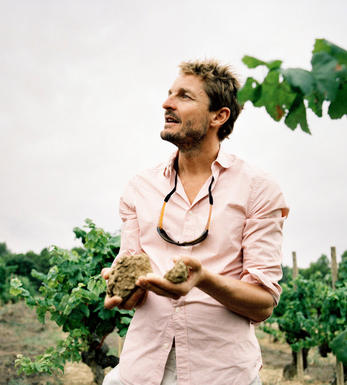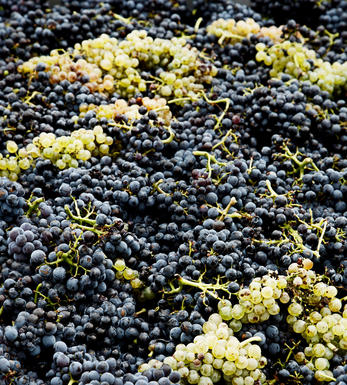
2015 Raventós i Blanc, De Nit Rosé, Brut, Penedès, Spain

Critics reviews
Luis Gutirrez - 27/04/2018
About this WINE

Raventos i Blanc
The Raventos family have a viticultural tradition dating back to 1497, making them one of the oldest continuous vineyard owners in the world. Josep Maria Raventos i Fatjo is credited with producing the first Cava in 1872, creating a legacy that the following generations take very seriously. In 1986 Josep Maria Raventos i Blanc decided to sell his share of Cordoniu, then under the ownership of the family, keeping the best vineyards for the newly created Raventos i Blanc estate (46 plots each of them with a completely distinct identity). The focus since has been on quality and regionality, in particular expressing the special properties of the terroirs around Saint Saturni d’Anoia.
The sparkling wines are made using only the indigenous varieties Xarel-lo, Parellada, Macabeo and Monastrell and show real depth, expression and longevity. Current proprietor, Pepe Raventos, places high importance on the health of the vineyard environment creating a biosynergy where the animals, the vines, the soil and the people work together as an agricultural unit. The estate reached its certified organic status in 2012.
As of 2013, Raventos i Blanc are no longer part of the Cava DO and have started the process of creating a new, terroir driven appellation, Conca del Riu Anoia (the proposed delimited area covers the are between the Mediterranean Sea and the Catalan mountains spanning between the river Anoia and river Foix.)
The decision to leave the DO stemmed out of the desire to set a standard in high quality wine production where rules such as the use of only indigenous grapes, ecological viticulture (100% Biodynamic), estate produced and estate bottled fruit and minimum ageing requirements apply (18 months). In the words of Pepe Raventós the aim behind this new proposed appellation is " to recover the name Conca del Riu Anoia: a small geographical area, to help us to better understand and convey our viticultural traditions, the strength of our land, our unique grape varieties and the characteristics of our soils"

Other Varieties
There are over 200 different grape varieties used in modern wine making (from a total of over 1000). Most lesser known blends and varieties are traditional to specific parts of the world.


Buying options
Add to wishlist
Description
This sparkling rosé is made in the style of Cava from estate-grown fruit that is all grown biodynamically. The calcareous soils are full of marine fossils, bringing a refreshing salinity and minerality to this delicate rosé, complementing the generous notes of grapefruit, strawberry, raspberry and brioche. Raventós have included a small proportion of Monastrell as well as the more traditional Xarel-lo, Macabeu and Parellada. Combined with an ageing period of a minimum of 18 months, this creates great complexity without sacrificing any finesse or freshness.
Lucy Bland, Wine Buyer
wine at a glance
Delivery and quality guarantee